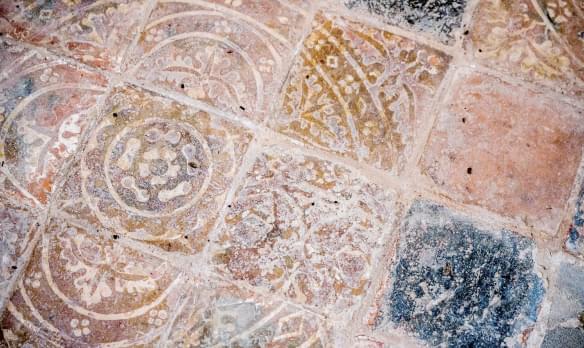
St Leonard
Langho, Lancashire | BB6 8AB
Dog friendly rural church in the heart of the Ribble Valley.
Search for a fascinating place to visit, or see the variety of churches, chapels and meeting houses we have supported.

Langho, Lancashire | BB6 8AB
Dog friendly rural church in the heart of the Ribble Valley.
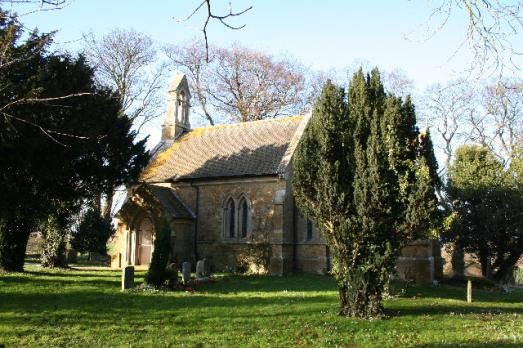
Kirmond le Mire, Lincolnshire | LN8 6HZ
The village comprises of little more than a row of houses and several farms, the church is on the north side of the road on an easterly slope running down to a small stream at the bottom of the hill, there are numerous footpaths in the area giving access to some good views of the Wolds.

Bradford, Yorkshire | BD3 8EL
A bold and individual example of the popular Early Christian/Byzantine style of Catholic church building.
We have supported this church
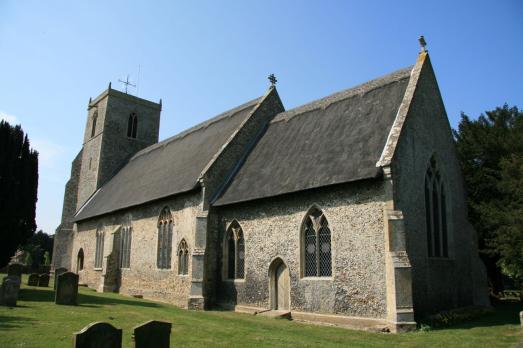
Caston, Norfolk | NR17 1DB
With its uniquely thatched Norfolk reed and beautiful canted roof this idyllic village church was founded by Sir John de Caston in 1374 overlooking the village green in the centre of the village.
We have supported this church
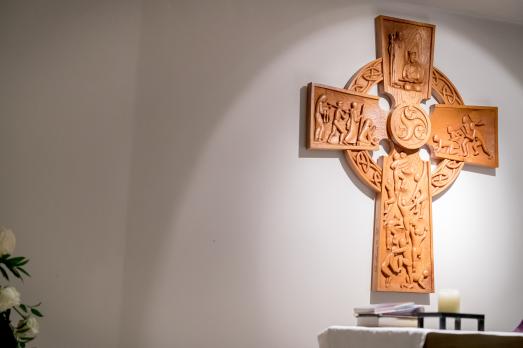
Bradford, Yorkshire | BD1 4EH
Bradford Cathedral is a hidden jewel waiting to be discovered, set in tranquil gardens we are Bradford’s oldest place of worship and house the story of the city.

Swaby, Lincolnshire | LN13 0BQ
St Nicholas is beautiful in its simplicity, letting in plenty of natural light, with a clear window behind the altar which looks out on the surrounding farmland.

Tathwell, Lincolnshire | LN11 9SR
Enter through the timber framed porch to discover an interesting mix of Norman, Georgian and Victorian architecture.

Orby, Lincolnshire | PE24 5HT
A beautiful Jacobean porch provides the most loveliest of welcomes at this delightful and most rural of Lincolnshire churches.
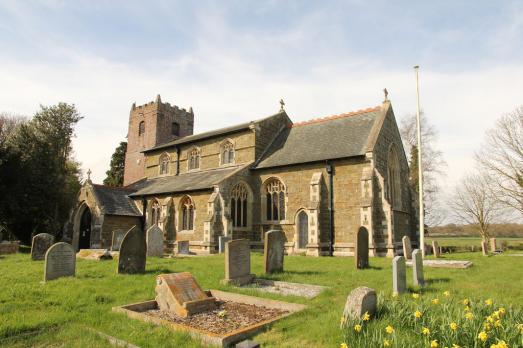
Bratoft, Lincolnshire | PE24 5DJ
A stone built church with a brick tower in a peaceful rural setting.

Tattingstone, Suffolk | IP9 2NA
St Mary's dates from around 1250 and has stood at the heart of the village of Tattingstone south of Ipswich in Suffolk and not far from the Essex border.
We have supported this church
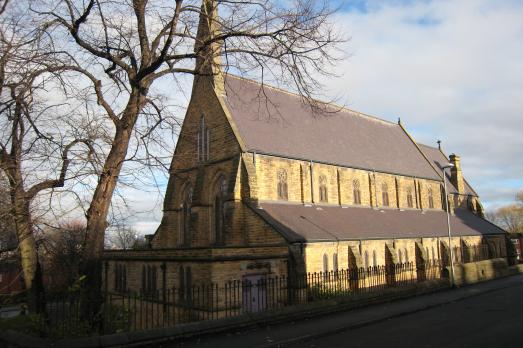
Holbeck, Yorkshire | LS11 8PD
A mile to the south of Leeds city centre our beautiful Victorian building sits at the heart of the Beeston Hill Community.
We have supported this church

Snaith, Yorkshire | DN14 9HE
Snaith Priory of St Laurence is a Grade I listed building situated in the town of Snaith in the East Riding of Yorkshire.